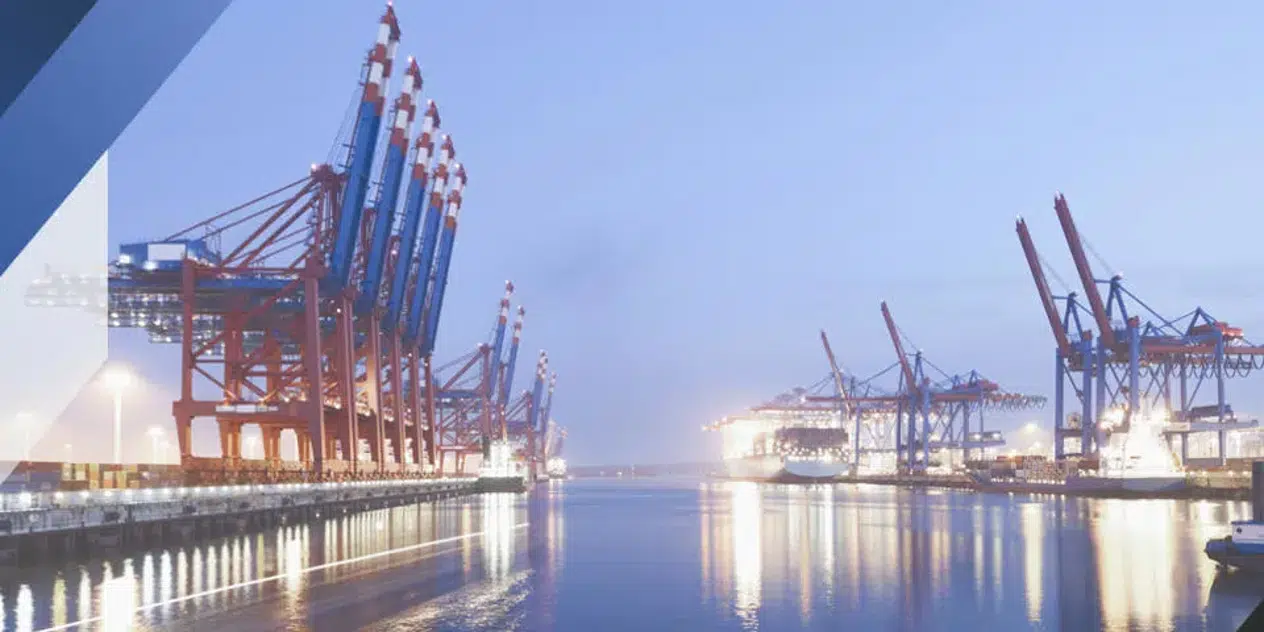Important security note: Warning of attempted fraud in the name of DWS
We have detected that fraudulent individuals are misusing the "DWS" trademark and the names of DWS employees on the internet and social media. These fraudsters are operating fake websites, Facebook pages, WhatsApp groups and Mobile Apps. Please be aware that DWS does not have any Facebook Ambassador profiles or WhatsApp chats. If you receive any unexpected calls, messages, or emails claiming to be from DWS, exercise caution and do not make any payments or disclose personal information. We encourage you to report any suspicious activity to info@dws.com, including any relevant documents and the original fraudulent email. Additionally, if you believe you have been a victim of fraud, please notify your local authorities and take steps to protect yourself.
5/21/2025
Weekly Edition

Index definitions: Global Real Estate = FTSE EPRA/NAREIT Developed Index; Global Infrastructure = Dow Jones Brookfield Global Infrastructure Index; Natural Resource Equities = S&P Global Natural Resources Index; Commodity Futures = Bloomberg Commodity Index; TIPS = Barclays US TIPS Index; Global Equities = MSCI World Index; Real Assets Index = 30% FTSE EPRA/NAREIT Developed Index, 30% Dow Jones Brookfield Global Infrastructure Index; 15% S&P Global Natural Resources Index; 15% Bloomberg Commodity Index, 10% Barclays TIPS Index. Source: Bloomberg, DWS. Past performance is not indicative of future results. It is not possible to invest directly in an index.
Global equity markets had a relatively quiet week given the lack of major market headlines. The shortage of demand and potential for greater supply weighed on energy markets. In geopolitical events the humanitarian crisis in Gaza raised further political pressure on Israel, while the Israeli government proposed an expanded military presence and full occupation of the entire Gaza strip. The negotiations between U.S. President Trump and Russia’s Putin ended with a full spread of nothing-burgers after which Trump further distanced himself from a solution promised on day one of his presidency. U.S. Treasury secretary Scott Bessent attended a G-7 meeting in Canada that ended with a unified statement to address economic imbalances and “nonmarket policies and practices,” which was a veiled reference to China.
The Real Asset Index outpaced global equities in the period on the strength of Infrastructure and Real Estate in Europe and the UK. Global equities ended the period slightly positive as gains in the utilities, consumer staples, and health care sectors outweighed losses in the energy, consumer discretionary, and technology sectors. Global Infrastructure securities outpaced the Real Asset Index, while Global Real Estate, Commodity Futures, and Natural Resource Equities led Global Equities. U.S. TIPS (Treasury Inflation-Protected Securities) was the only real asset segment with negative performance as the curve steepened from long-end yields rising.[1]
Among other indicators we track, the VIX, an index that measures the expected volatility of U.S. stocks, ended the period up 12% at 20.9. Credit spreads were mixed in the period as investment grade spreads fell 1 basis point (bps) and high yield spreads widened 8 bps. The U.S. dollar weakened 1.5%, as measured by the DXY Index, reversing the prior week’s gains. Oil prices also weakened to $61.6 per barrel, a decrease of nearly 2%. Inflation breakevens were roughly unchanged as both the 5-year and 10-year segments tightened 1 bp. Gold prices cooled 4% to $3,315 per ounce.[1]
Why it matters: We continue to monitor economic data, as well as sentiment indicators, as they could eventually feed through to the hard data. Capital markets were spared major headline shocks, but bond vigilantes got a peek at the U.S. budget reconciliation bill passed by the U.S. House of Representatives, which now must be reconciled with the Senate’s bill. The fixed income market sent long-end nominal yields higher as the proposed bill would further widen the deficit.
This week we will review the latest sentiment, jobs, and home data in the U.S., as well as the latest European data.
Real Assets, Real Insights: This week we look at a successful REIT IPO in the Middle East, a stalled wind project, and a halt to cattle imports at the southern U.S. border.